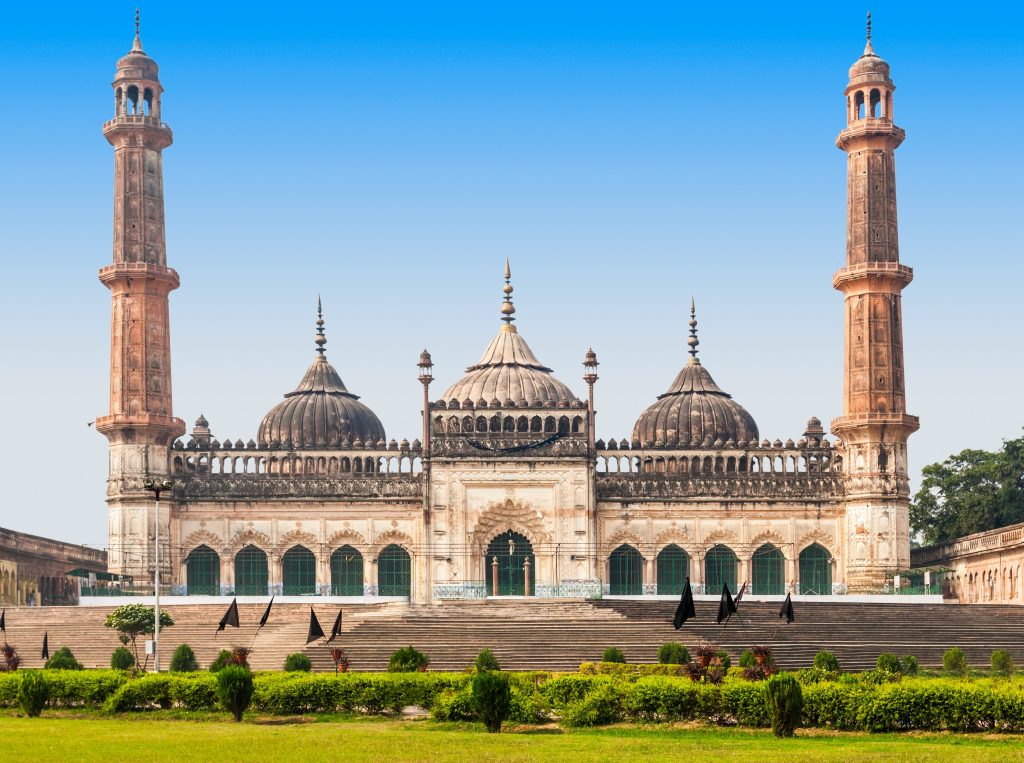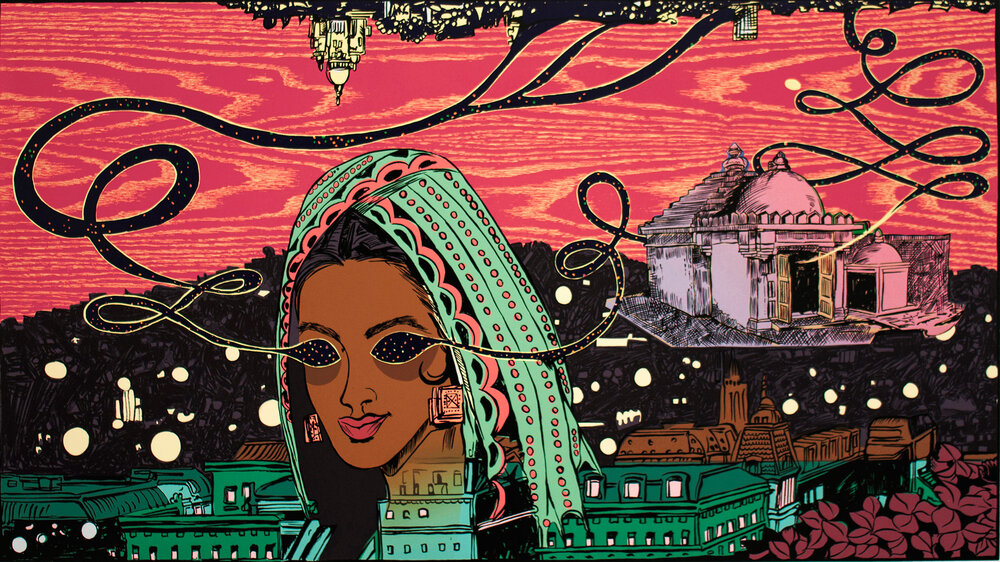As the exhibition craze begins in Delhi, Ankush Safaya’s (b. 1985, Hoshiarpur, Punjab) “MEMORY TRACE / DAPAAN*(…it is said) intertwines abstract concepts and engaging narratives about people’s lives in meticulous ways. The narratives consist of the fabricated stories he created as a devoted admirer of films by Kurosawa and Tarkovsky and painters like Jackson Pollock. By immersing himself in various art forms, he made a series of artworks that convey people’s challenges and what truly matters to them.
Another aspect he highlights is the commonly overlooked feeling of emptiness. By skillfully merging spaces and perceiving emotions in algorithms, he creates work that is both exceptional and unparalleled in its beauty. Technology, algorithms, and everything entailed in this concept were rooted in utilising the numerical symbols zero and one. This marks the beginning of the music. The process of forming infinity includes isolating certain aspects from a collection. From his ninth-floor studio in Baroda, he constantly observed the ever-changing scenery outside his window. It is akin to hearing a melody or recollecting an experience. During his search, he forges connections by paying close attention to intricate details and adapting to unexpected situations, blurring the distinction between what is real and what is merely a product of his imagination.
The work by Ankush gives the impression of different spaces within a shared area, emphasising the music it brings forth. Through clever manipulation, illusionary optics deceive our visual system, causing us to perceive motion or the existence of a three-dimensional realm within seemingly flat lines. It enchants our eyes by creating the illusion that we can physically perceive what is depicted. Ankush’s work encompasses both strife and serenity.
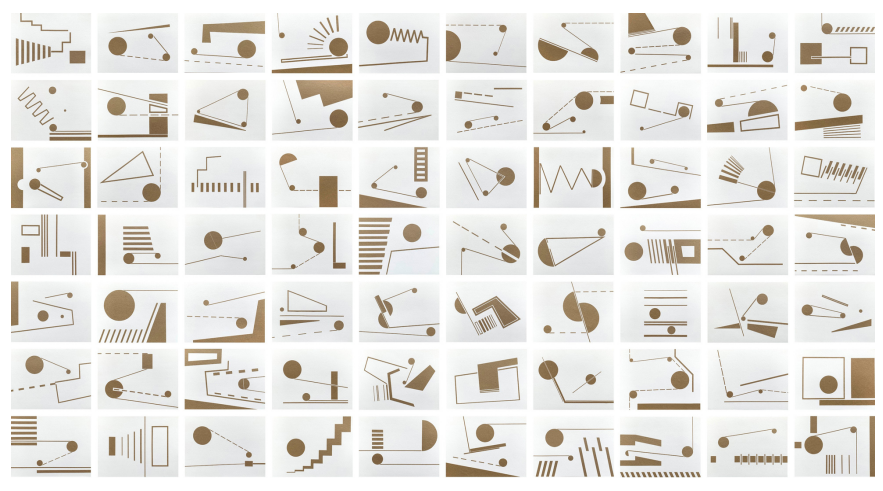
Ankush Safaya’s interest lies in understanding how the intricate fusion of various elements in a creative piece influences its meaning, as people’s diverse perspectives based on personal experiences play a crucial role in interpretation. Upon initial observation, his work appears to possess an aura of tranquillity and harmony. Once your gaze is fixed on the work, these two-dimensional planes come alive and commence in motion. They tell stories about human experiences in a poetic way. The idea springs to mind as he contemplates it from a three-dimensional perspective. It goes through numerous changes on a flat plane to represent what he wishes for visually.
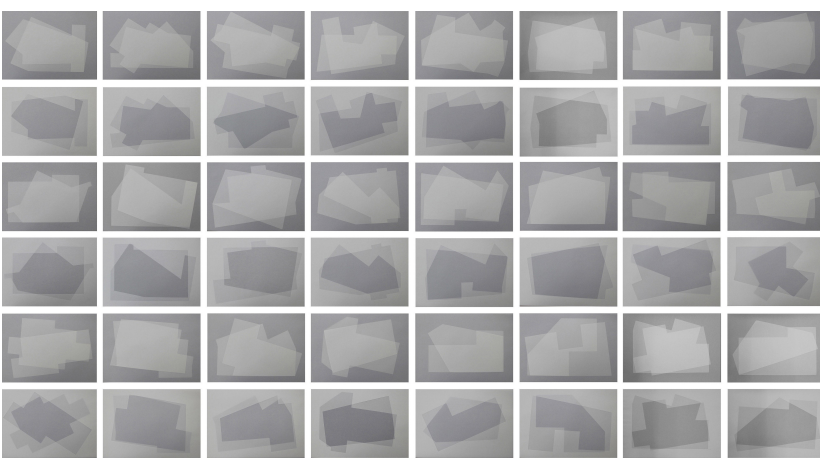
Dapaan is a frequently used term in the Kashmiri dialect during everyday interactions. It is regularly where any authentic or fabricated story begins. Ankush’s engineering background enabled him to comprehend and delve into significant conversations about art and culture. Consequently, he began scrutinizing art more insightfully, delving deeper into its meaning rather than just its outward appearance. Relocating to Baroda proved beneficial as it allowed him to comprehend and appreciate his engagements fully. When questioned about his journey, he believed it was the primary inspiration behind his foray into art.
The things I require for my work are not stumbled upon by luck. I intended to discover material that could articulate any message or concept I wished to produce. Therefore, all the subjects I discuss originate from the books I have explored. These books were authored during tumultuous periods or during times of mass migration. Alternatively, during the Russian Revolution, I can mention Chekhov and Grothovesky as notable figures, or I can elaborate on the partition of India as an example.
Moreover, I will divulge the narratives of my family members who originated from Kashmir and were forced to migrate from conflict-impacted regions. What is your perspective on these matters? I firmly believe in and continually question politics because it has the potential to create chaos, which aligns with my role as an artist. Naturally, the structure inherent in Western classic movies provides valuable assistance to me in my professional endeavours, as they deeply intrigue me. Akira Kurosawa skillfully incorporates empty spaces in his films, evident upon closer inspection. So, what are they doing differently? What significance does it hold for you? I don’t know the answers to those questions. But that is something that I continue to think about. That’s my starting point when forming a collection of my creations.

What motivated you to move to Baroda? Ankush stated that his desire to move to Baroda stemmed from not being well-versed in the arts, leaving him with a sense of inadequacy. Consequently, it is a haven where I can foster introspection and acquire knowledge daily. Therefore, that is why Baroda holds significant value for me. Nasreen Mohmaddi’s impact on my formative experiences with art was substantial, yet it did not extend to shaping my style. However, they bear a resemblance to one another. While I haven’t personally encountered her, I’ve been informed about her through various stories. It brings me delight to delve into the political accounts that shape people’s lives and our efforts to safeguard them. The forms and mediums become secondary in my work. Certain things can trigger emotions and memories for me.
These triggers can come from what I read or the music I listen to, and they bring back old memories and create new moments of reflection. I collect many words here to rebuild and make things again for myself. Maybe it’s about examining myself, thinking about my past and how it influences my sense of belonging. And then taking that understanding and applying it to my current life, trying to grasp it fully.
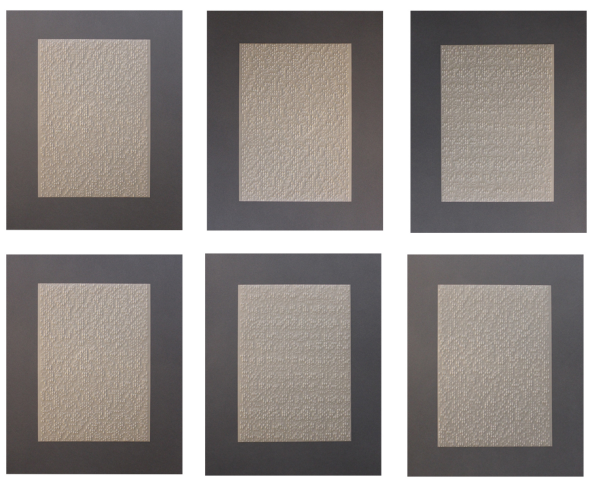
He identifies with a political standpoint that values and seeks to defend the significance of human life. Many of the works displayed in this exhibition are inspired by texts he obtained from the books he read. The primary focus of these books entails politics, history, and fictional narratives set in tumultuous locations. At certain times, we may experience both sadness and a feeling of connection. Using Morse code, he carefully selects sections from more extended writing pieces and alters them to create something new. Following this, he proceeded to compose these texts in various manners.
Occasionally, using a pencil or a laser to make intricate lines on paper or scorch it based on instructions can form marks or holes. The skin can be used as a reference point for comparing these marks. Layers of memory are built by overlaying various codes, resulting in a visual representation of floating rhythms on a landscape. You can find the exhibition at Latitude 28, and it will continue until August 20th. Residents of Delhi must not pass up on this chance.
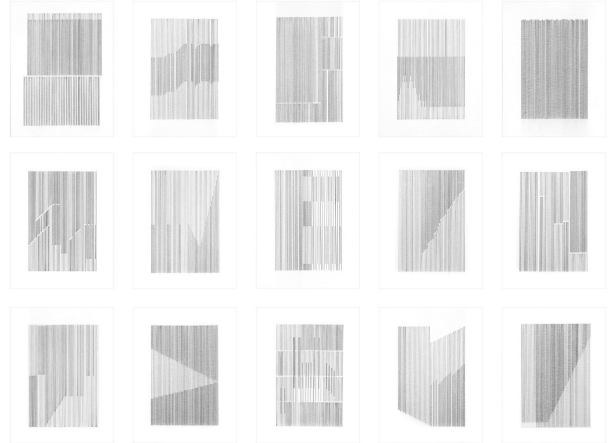

Contributor



